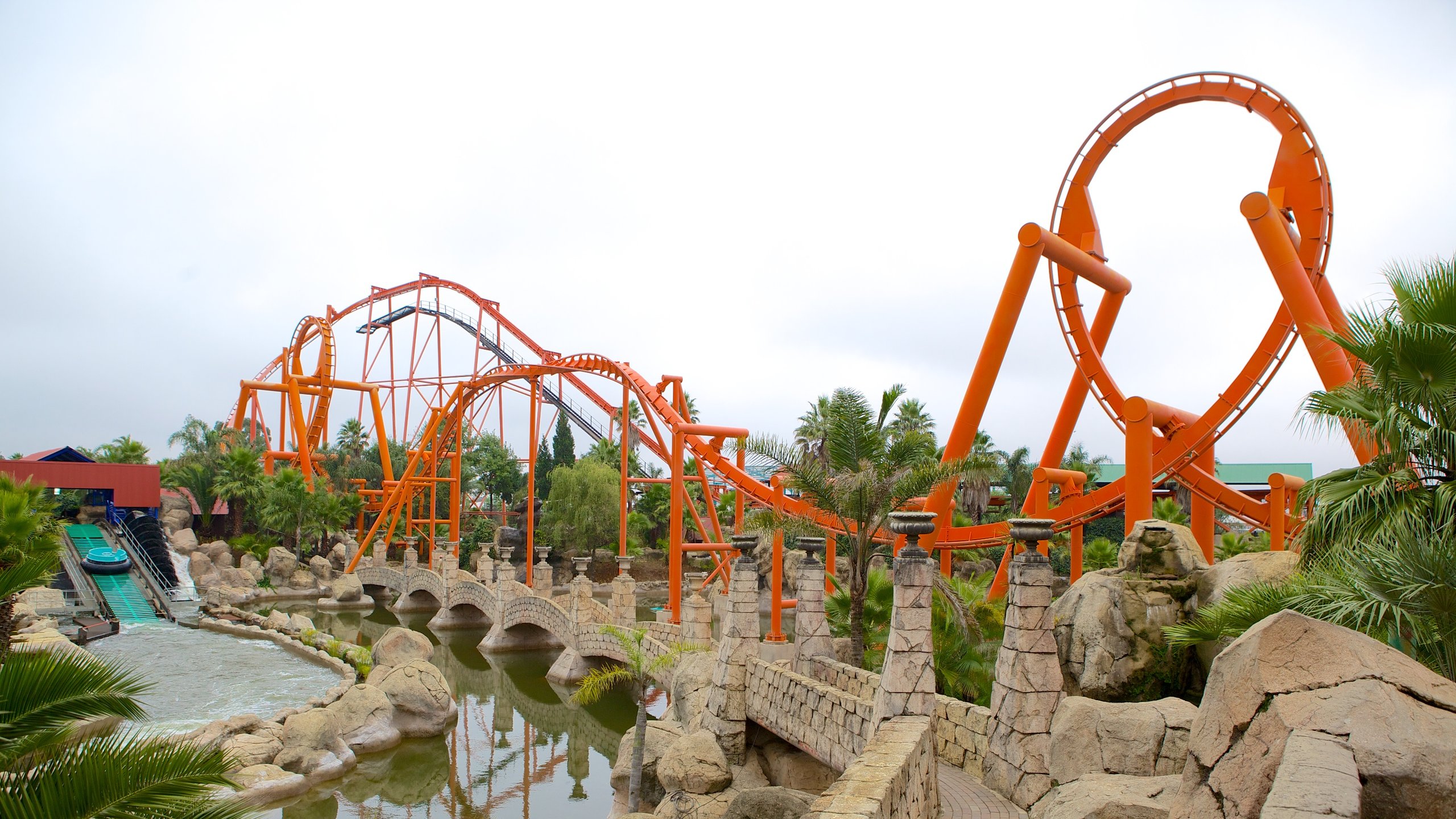Indicators on Johannesburg North Attractions You Should Know
Table of ContentsThe Definitive Guide for Johannesburg North AttractionsAll about Johannesburg North AttractionsGetting The Johannesburg North Attractions To WorkAn Unbiased View of Johannesburg North AttractionsThe 2-Minute Rule for Johannesburg North AttractionsThe 20-Second Trick For Johannesburg North Attractions
The city expanded on the edge of the Witwatersrand Main Reef, a subterranean stratum of gold-bearing quartz-silica conglomerate that arcs for hundreds of miles beneath the Highveld - Johannesburg North attractions. Many of the gold mines in the city stopped operation in the 1970s, yet in its day the Witwatersrand gold market accounted for even more than 40 percent of the world's yearly gold manufacturing.Johannesburg has a warm climate. Summer season temperature levels average concerning 75 F (24 C); winter months temperatures balance concerning 55 F (13 C) and only periodically dip below freezing. The city appreciates regarding eight hours of sunshine each day in both winter and summer season. Rainfall standards about 28 inches (700 millimetres) per year, but the complete varies substantially from year to year.
What rain the city gets drops practically specifically in the summer season, typically in magnificent late-afternoon electric storms. Air contamination poses a substantial issue, specifically in the winter season months, when thermal inversions impede the westward circulation of air from the Indian Sea. Pollution is most extreme in the densely resolved Black areas on the city's periphery, where many citizens still rely on coal for fuel.

Johannesburg North Attractions Can Be Fun For Anyone
The equilibrium of the city is occupied by whites. Holiday accommodation differs in personality and high quality. Soweto is notorious for its endless rows of municipally developed, two-room matchbox homes, yet it likewise has a couple of prosperous territories as well as teeming squatter camps, where 10s of thousands live without water, power, or hygiene centers.
Physical development, although somewhat restricted by transport, continued swiftly as immigration to South Africa, and Johannesburg in certain, boosted drastically. This problem was resolved in the 1930s when the automobile was presented in mass production to South Africa. Automobiles were, generally, constrained to the wealthy, and permitted them to relocate to the north of the city and commute into the centre.
The majority of poor suburban areas were combined, with poor blacks and whites living with each other, although the affluent residential areas were normally scheduled for whites.
The approximated populace of the area is 200,000, [] The number of individuals living in the inner city on a casual basis is unidentified, as numerous are prohibited immigrants. Many higher-income locals and white people have actually relocated to the northern suburban areas and have been replaced by lower-income black individuals. The joblessness, education and learning, and age profiles of the area are all unidentified, as a result of the difficulty of obtaining trustworthy information regarding the location.
Not known Incorrect Statements About Johannesburg North Attractions
Centred on the CBD, the area consists of the suburbs of Yeoville, Bellevue, Troyeville, Jeppestown, and Berea to the eastern. To the west it infects Pageview (Johannesburg North attractions) and Fordsburg. There are small commercial locations to the south, such as City West-Denver and Benrose. Around 800,000 commuters travel through the internal city dig this daily, and it operates as a local buying node for site visitors from the southerly suburbs. Yeoville and Bellevue have a mix of apartment and solitary household units on little whole lots. The region is situated on a mountainous divide that runs from eastern to west. The most obvious geographical attribute is Observatory Ridge, which is named for the big observatory located on it. The entertainment areas are no much longer used, due to protection troubles.

Not known Facts About Johannesburg North Attractions
The eastern suburban areas are some of the earliest areas of Johannesburg, there are big communities of Jewish and other European histories, the majority of the population is English talking. There are three golf programs as well as a number of protected ridges with viewsites.
The i loved this area is primarily composed of old "matchbox" residences, or four-room homes built by the federal government, that were developed to give economical accommodation for black employees throughout racism. Soweto is an abbreviation, go right here representing "South Western Townships". Street after street in this location is lined with matchboxes; however, there are a couple of smaller areas where flourishing Sowetans have actually developed houses that are more comparable in stature with those in even more upscale suburban areas.
Hostels are another noticeable physical attribute of Soweto. Originally built to house male migrant workers, several have been improved as homes for couples and family members. The N1 Western Bypass skirts the eastern limit of Soweto. The suburb was not traditionally enabled to create work centres within the location, so practically all of its residents are travelers to other components of the city.
Johannesburg North Attractions for Beginners
The N1 Western Bypass attaches the northern residential areas with the north-western suburbs. The residential locations in the northern suburbs are generally official, without any substantial locations of casual housing, or real estate that does not have an irreversible structure. Although this is a well-known area, there is a trend of land use change from household to industrial, specifically along primary arterial roadways and around well-known nodes.
The location is well attached to road networks, specifically along the north-south axis formed by the M1 and N1. Roadways to the eastern and west are less well established, as there are no freeways travelling because direction. Towards the north boundary of the city, the density of growth reduces, leaving huge areas of undeveloped land around Midrand.
3 Easy Facts About Johannesburg North Attractions Shown
, which is located on a hillside forgeting the internal city and Hillbrow.
Comments on “Examine This Report on Johannesburg North Attractions”